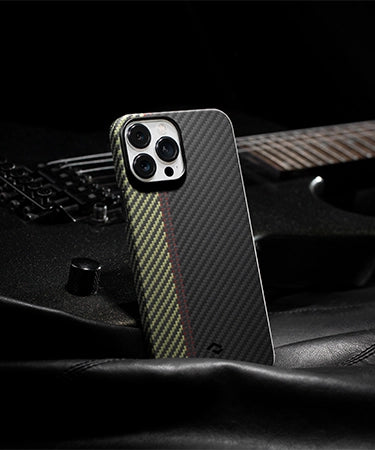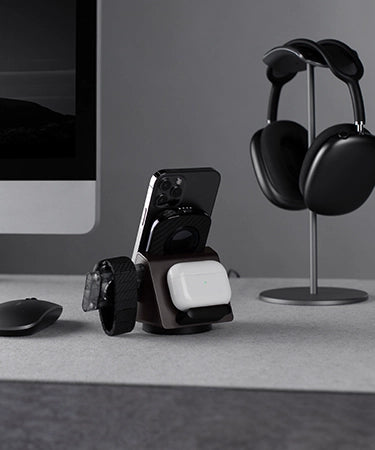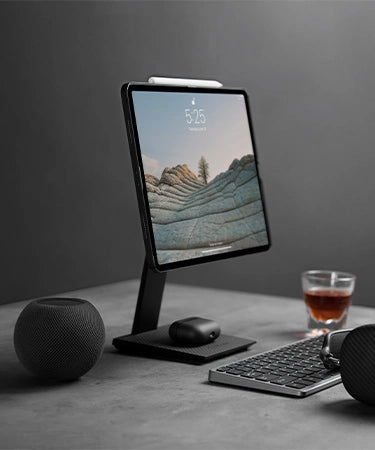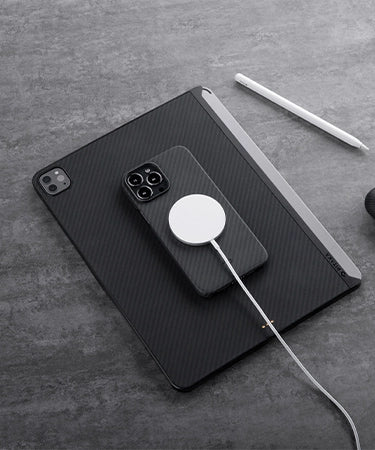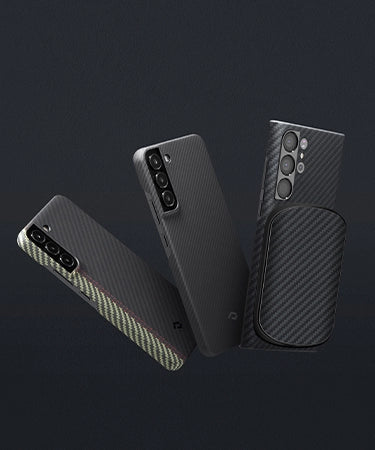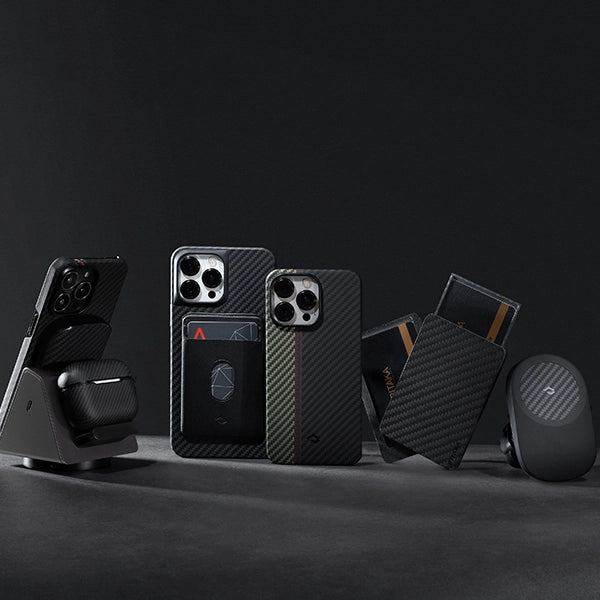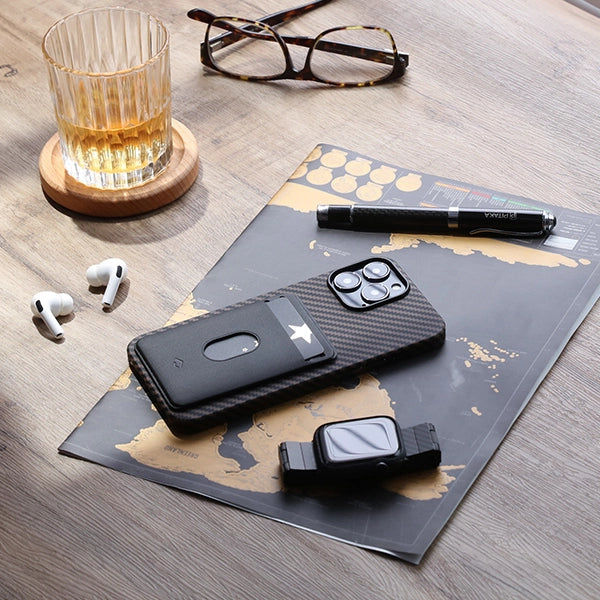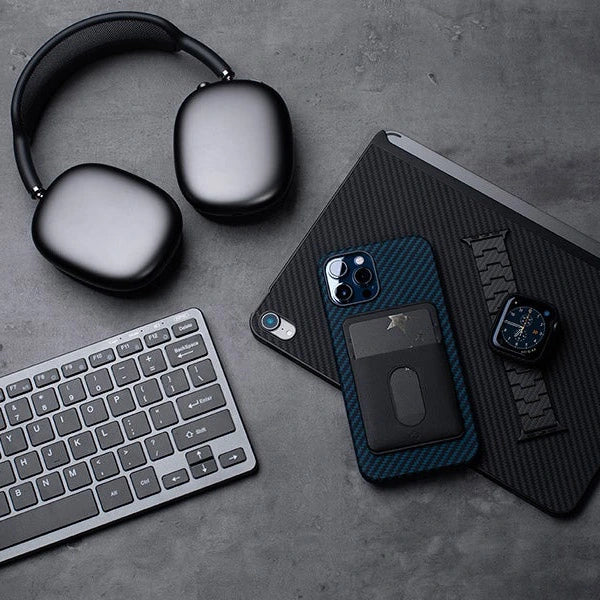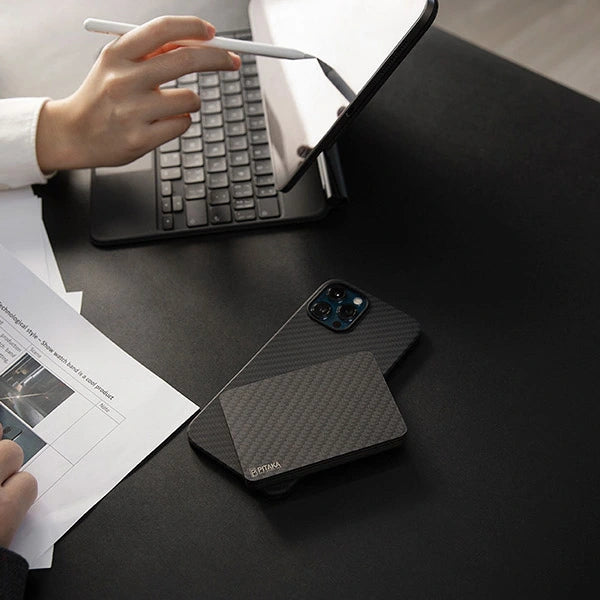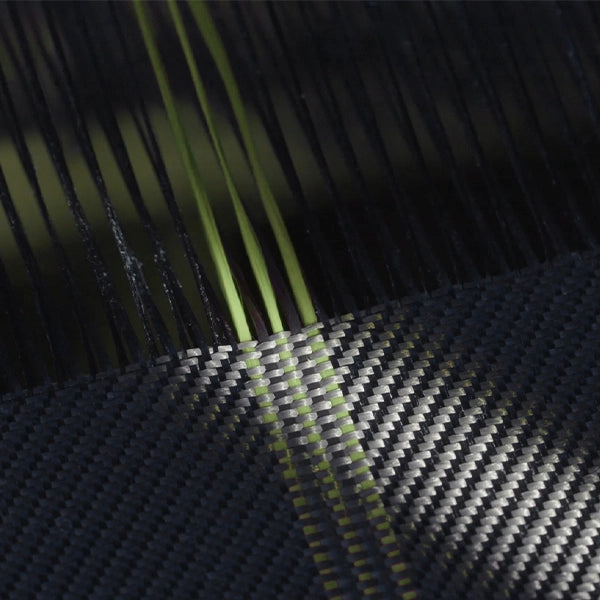
It is a common and widespread notion that magnets are harmful to our electronic devices. Many of us accept that magnets can erase or ruin the data on a hard disc or affect your phone’s GPS, but are magnets really harming our electronics?
In actuality, magnets are relatively commonplace in the equipment we use every day, from our speakers to the washing machine. Magnets also exist in our personal electronic equipment, such as earphones and even our mobile phones.
With the increasing popularity of wireless charging, many ask the question, do magnets affect wireless charging?
What Role Do Magnets Play in Wireless Charging?
Magnets Turn Energy into Electricity

As you may know, magnets make wireless charging possible, as they use a magnetic field to transfer power. When scientists in the 19th century discovered the relationship between magnetics and electricity, Nikola Telsa and other inventors began to create electronic devices using electromagnetism, laying the foundations for wireless charging.
Magnets in Wireless Chargers
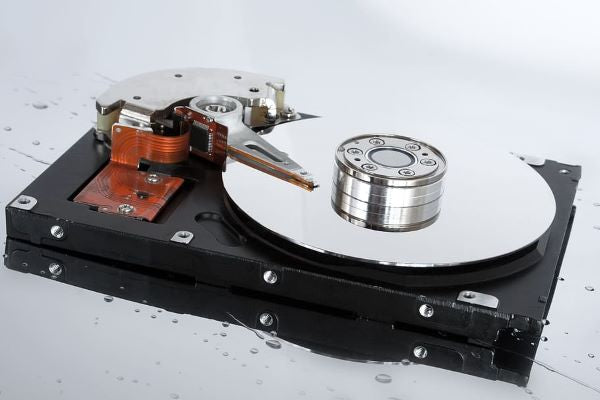
Magnetic materials have the strength to attract or pull metals, like iron and steel. This inherent quality of magnets has been used in many products, including magnetic wireless chargers.
Though you may have never considered the combination, magnetic wireless chargers are one of the best implementations of wireless charging. Your phone (with a phone case) is attracted to the charger without you pulling them together or extra materials. How great is it? We’ll get to that later.
Do Magnets Damage Electronics?
Magnets are widely used in electric devices, electronics, computers, etc. But there isn’t too much to worry about. Why? Magnets inside electronics are usually household level, safe to use. Moreover, as long as those magnets are properly installed, you can put them to good use.
Will Magnets Affect Wireless Charging?
Wireless charging, also known as inductive charging, uses magnetic fields to transfer electricity wirelessly. Thus, magnets can cause interference with wireless charging, making it difficult for the two to pair together. This is why Apple suggests avoiding “magnetic mounts, magnetic cases, or other objects between your iPhone and the charger.”

However, reliable magnetic wireless charger manufacturers, including PITAKA, position magnets that avoid interference between the charging coils and the phone. Also, specifically placing metal inside the phone case or on the phone further avoids affecting the intricate workings of a phone.
Why Should You Choose Magnetic Wireless Chargers?

Magnetic chargers auto-align your device on the mount, ensuring a constant and stable charge. Magnetic wireless chargers are also more practical. The standard wireless charger uses inductive charging, which requires the phone and the charger to touch. While the phone charges, you can’t pick it up, or use it in a car or other place where your phone may shift due to vibrations. However, with the use of magnets, your phone will stay in position regardless of the conditions. There are even some magnetic chargers that allow for portable on-the-go charging, too.
How to Choose the Right Magnetic Wireless Charger?
We have covered many topics about wireless chargers and how to choose the right one, but let’s focus on the best features of a magnetic wireless charger.
Securely Holds Your Phone

Modern smartphones tend to have glass backs as its a better material for LTE signals, Wi-Fi, and Bluetooth. To use your device with a magnetic wireless charger, you need to purchase a phone case that already has metal inside of it, or a metal sticker to add to your phone or case.
No Wireless Charging Interference

Metals, just like magnets, can easily interfere with wireless charging. You can still position them carefully so that they do not block the phone’s wireless charging function. Some manufacturers provide magnetic wireless chargers but no matching phone cases, which means you have to find the proper accessory to make the charger work properly. A magnetic wireless charger with a matching phone case is the best option.
A Twistable Joint Design

A wireless charger that can be adjusted allows you to view your phone at a comfortable angle, whether you’re in the office or your car.
MagEZ Mount Qi Desktop – Your next mobile charging companion
PITAKA has been building a magnetic ecosystem for several years, and the MagEZ Mount Qi Desktop is just one of the magnetic wireless chargers in our collection.
It uses well-placed magnets to attach and secure your phone using the MagEZ Case. The phone case works flawlessly with the magnetic wireless charger due to the placement of magnets and metal. Once attached, the MagEZ Mount Qi Desktop holds your device while charging.
The base has a 360° twistable joint design allowing you to FaceTime in portrait mode or watch a video in landscape mode. The MagEZ Mount Qi Desktop can easily be moved to another place thanks to the washable gel pad, which is easy to install and remove.
The compact size grants adequate space for your desk and gives it a clean look. The swan-neck bionic design is aesthetically pleasing and decorates your desktop well. All in all, the MagEZ Mount Qi Desktop is an ideal magnetic wireless charger for home or office use.
The Bottom Line
Magnets could be of great help in innovations through clever designs, and magnetic gadgets are making our life more convenient. Just check the magnetic wireless chargers above. They won’t pose any damage if you use them in the right way.
As wireless charging blooms, wireless chargers will be more prevalent, magnetic wireless chargers in particular.
